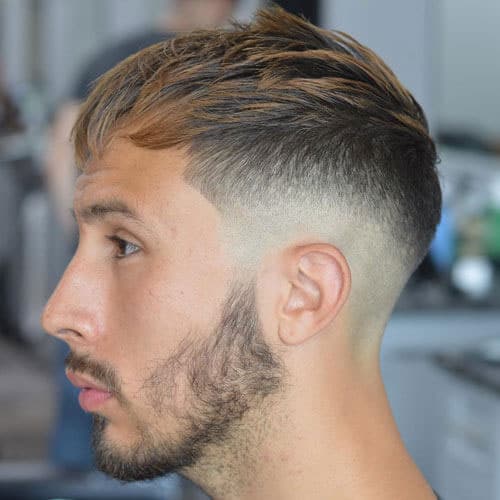

Too full black and white are not colorizable. We make a good colorizable BW version of the image and colorize it with blending mode Color LCH.Ĭolorizable BW image has grey midtones where one expects color.

GIMP 2.10 has a polar version of CIELAB color system named LCH which is especially useful and makes a new answer worth writing. We try something else which wasn't possible before GIMP 2.10. The old approach to fix your photo would have been to increase brightness and contrast in shadow areas with curves and then fight back the introduced excessive colorfulness. If you zoom in you can see that the lifted shadows are very coarse behind the lake, because they were noisy and blurry and the bit depth is too low for nice contrast increasing.īut the result can still be acceptable. The shadow has fortunately sharp border for easy selection. There's fill light, local contrast boost and radical sky blue reduction in shadow areas. The image is opened in a RAW image processing program and got the same treatment as a real RAW image. The next version is a test what is available in the shadows. There's noise, JPG compression errors and too few brightness levels in the dark areas. 8 bit JPG simply hasn't enough data left. Lifting up the shadows will introduce visible blurriness and other errors, which have been less offensive as dark. Your photo is already a heavily processed JPG. There is a more complete tutorial on the matter. For instance, using this technique, I just dimmed a bit the highlights and lightened the shadows. Once this is done, you can work on the Highlights parts of the image by going to Channels, right-clicking "Hilights" and doing Channel to selection (and then reselecting the layer otherwise you'll be working on the selection channel). Duplicate the channel, and rename the copy "Shadows".Open the Channels list, and copy any of the RGB channels by dragging it to the main list.There are scripts around that can generate the 5 canonical masks, but here is a quick demo with only two. The good things about them is that the effect of the color tools apply in proportion to the lightness or the darkness of pixels so you never have visible transitions. In fact on such image you want to use "Luminosity masks" that are progressive selections that cover the parts of the image within a given luminosity range.


 0 kommentar(er)
0 kommentar(er)
